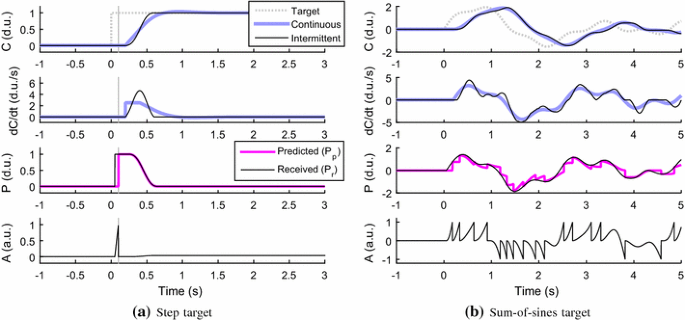
Modeling and inverse controller design for an unmanned aerial vehicle based on the self-organizing map. Cho Jeongho, Principe Jose C., Erdogmus Deniz, Motter Mark A.Global chassis control based on inverse vehicle dynamics models. International Journal of Computational Method, Vol. 12, Issue 8, 2011, p. 667-683. Dynamic load identification for uncertain structures based on interval analysis and regularization method. Journal of Basic Science and Engineering, Vol. 16, Issue 1, 2008, p. 73-78. Zhang Lixia, Zhao Youqun, Pan Fuquan Application of optimal control to vehicle handling inverse dynamics.KYY14041) and Policy Guidance Program (Collaboration) – Prospective Joint Research Project (BY2015028-02). This work is partially supported by the National Science Foundation of Jiangsu University of Technology (Grant No. Consequently, the optimal control methods used in this paper have the better avoidance at high speed. Thus it can be seen that actual lateral displacement of two different vehicle models has little difference, and it has small absolute error when the vehicle is tracking the avoidance path. The max error of the model one is slightly larger than the model two. Likewise, the max error of model two in longitudinal displacement of 165 m is 0.1390 m. The max error of model one in longitudinal displacement of 165 m is 0.1474 m. In addition, the absolute error of actual lateral displacement and avoidanc path of tracking is shown in Fig.

As the figure shown that two vehicle models are closely matched to the desired avoidance path at high speed during the whole motor process. 2(a) is the lateral displacement simulation results of double lane avoidance path tracking when two vehicle models are at high speed. The vehicle path tracking simulation results are as follows.įig. Two vehicle models shown in Table 1 have simulation of double lane avoidance path tracking.

Finally, the simulation results of the control methods are shown. This control method is suitable for the object which is difficult to establish accurate mathematical model, and it is used to control the vehicle path tracking. In this paper, the car path tracking controller based on fuzzy control method is designed. As the vehicle is a very complex nonlinear dynamical systems, it is difficult to establish a precise mathematical model, which requires control methods cannot be too dependent on the accurate mathematical model. With science and technology development and the depth research of operation controller for path tracking, many successful control methods have appeared: fuzzy control method, PID control method, optimal control method, and neural network method, etc. Path tracking control is the core, and currently the most studied problems. The control layer of path tracking controller operation includes path tracking control, speed tracking control, logic components control, emergency management, the implementing agencies control and many other modules and components. Path tracking always makes the vehicle travel along a desired path, while ensures the vehicle safety and comfort.

The second case is the problem to be studied in this paper. Handling performances include precisely to achieve a given state variable, to accurately track the given path, and to pass the given path in the shortest time in the case of without departing from the path boundary. Vehicle handling inverse dynamics method computes the control inputs that the driver applied to the vehicle by specifying the handling performance, and compares to the maneuverability of the cars in the most effective way. It is also known as the “inverse problem” of vehicle handling dynamics, and belongs to mechanics “dynamic load identification”. Then it analyzes what kind of manipulation is the safest and fastest, the most easily accepted by most drivers. On the basis of the known model and vehicle response, vehicle handling inverse dynamics can anti-obtain the allowed driver control inputs.


 0 kommentar(er)
0 kommentar(er)
